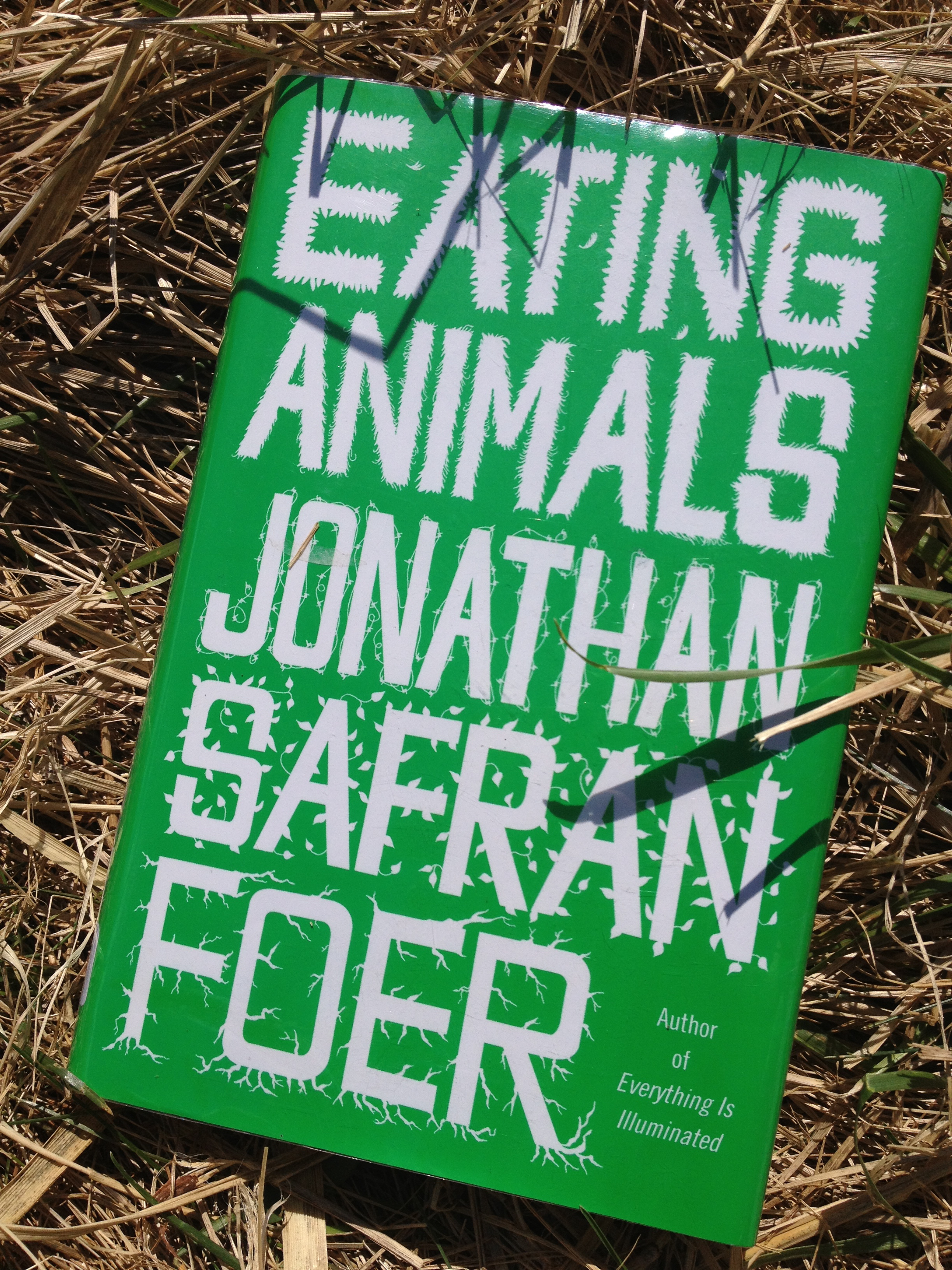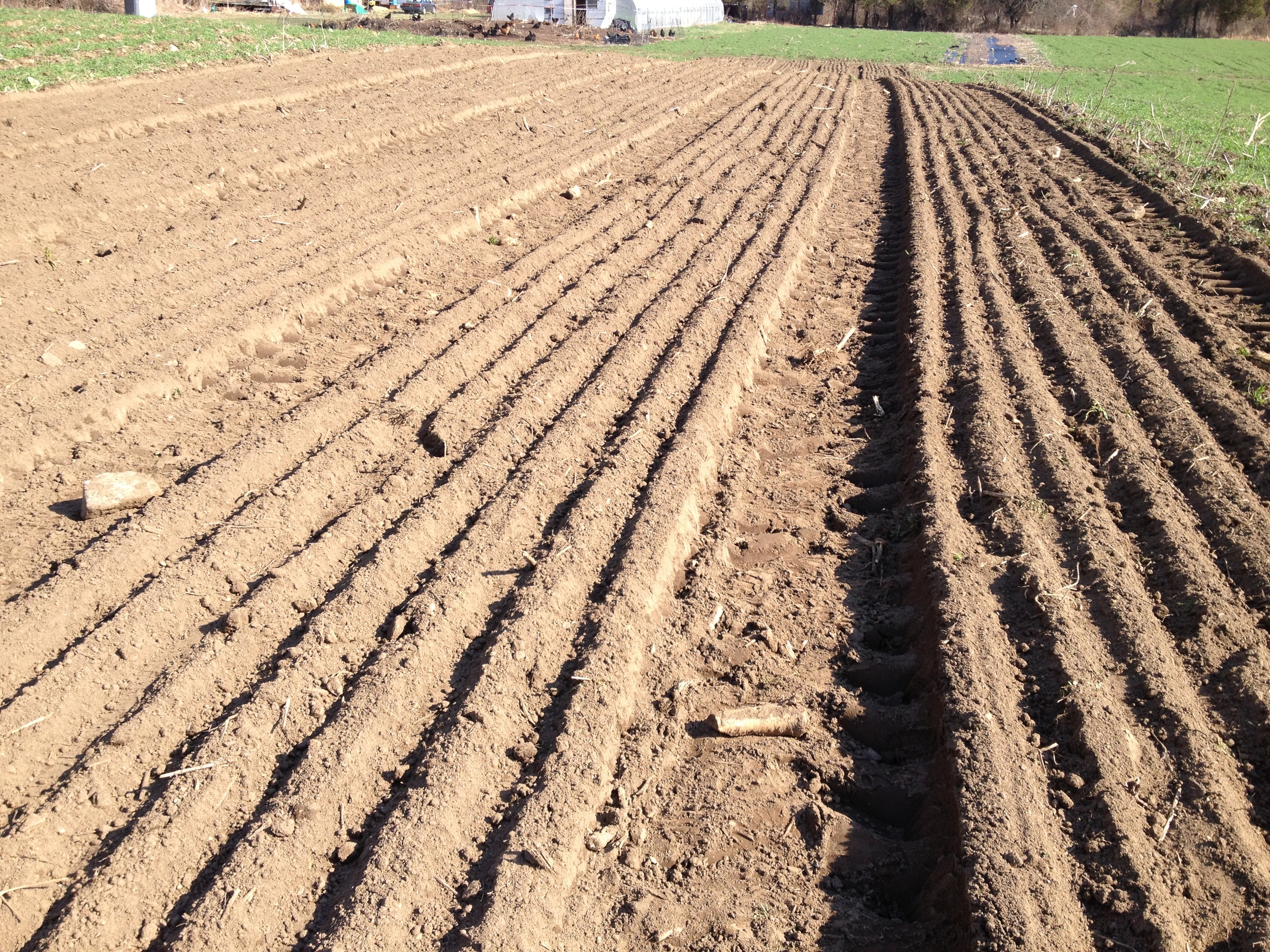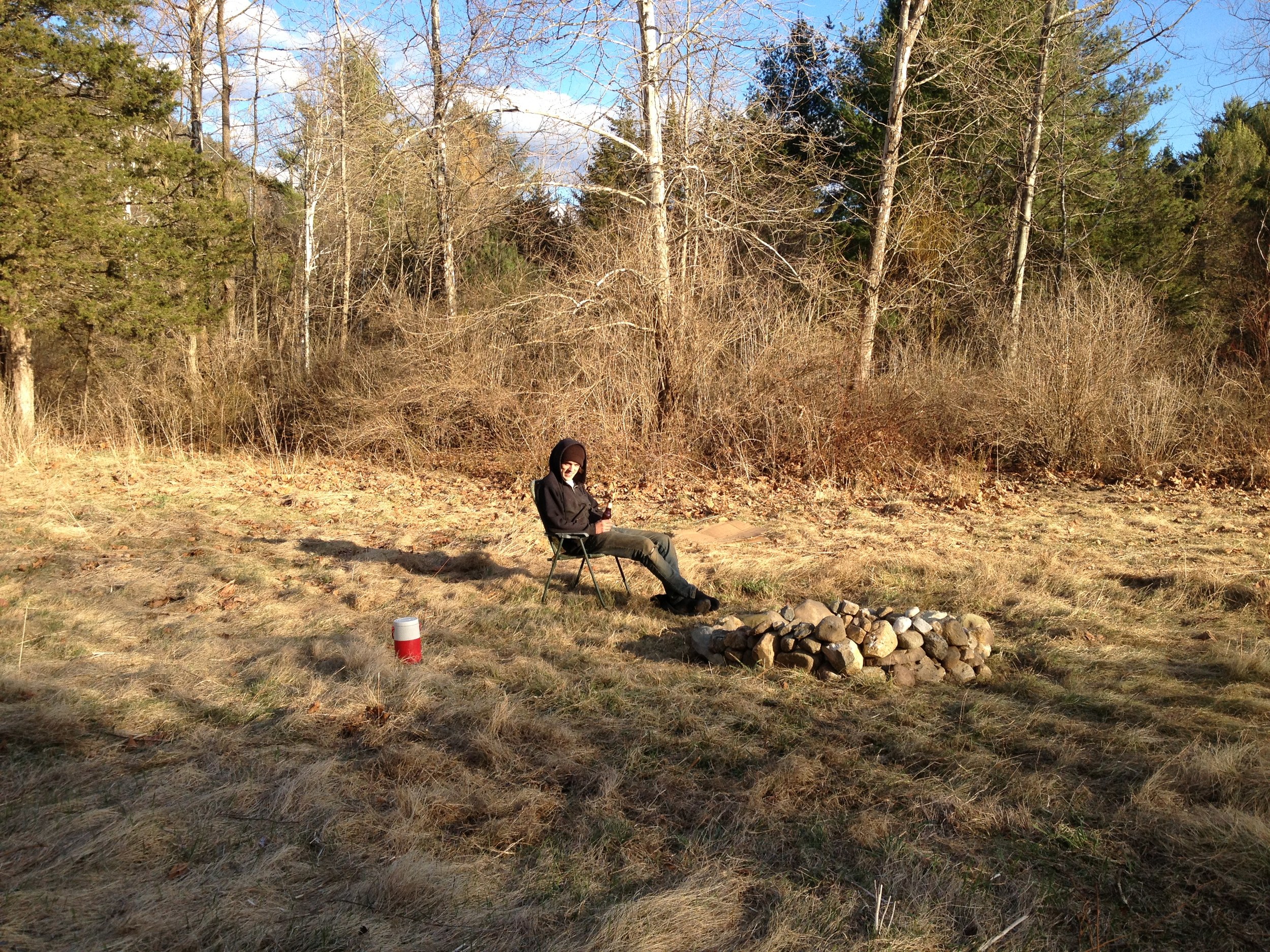At the MOSES conference in February, there was one workshop that stood out in a few ways: the speaker was extremely well-spoken, the standing-room-only audience was riveted, there was a standing ovation at the end, and his book sold out in the bookstore within the hour. The speaker was Mark Shepard and his book is Restoration Agriculture: Real-World Permaculture for Farmers, which I read over the course of the last few weeks. The book takes permaculture principles and agroforestry and applies them to the temperate climate of southwestern Wisconsin. As I'll discuss, the book contains some problematic premises, but the overall message is a valuable and useful one.
That overall message is that it is possible to grow our staple crops in temperate perennial systems, restoring to some extent the natural North American biomes and reversing years of soil degradation in the process. To these ends, he advocates the use of permaculture principles adapted to the temperate zones (permaculture was originally developed in Australia), such as precise berm and swale systems and highly diverse interplanting to harness maximum possible solar energy and minimize water run-off. He makes the valid point that an acre of corn that is only "knee high by the Fourth of July" has already missed out on plenty of solar energy. Trees, on the other hand, are photosynthesizing from much earlier in the spring and much later in the fall. Also, as opposed to a flat one-level cornfield, the multi-storied forest system is taking in solar energy from all angles and through multiple layers of foliage. Besides the enhanced solar intake of a complex forest system, it is also more adapted to absorb rainfall: the multi-layered canopy disrupts the impact of falling water, turning even the heaviest rainstorm into a gentle mist by the time it hits the ground. He claims that with the use of well-planned berms and swales, ponds, and a multi-story canopy, he can capture every drop of rain that falls on his property, cutting erosion and runoff to zero.
There are some great ideas that Shepard puts forth in the book that I think could be applicable to anyone interested in more sustainable food systems. Let's take the example of planting a chestnut grove for nut production. The orthodox way would be planting trees thirty feet apart and nursing each one into maturity. Shepard points out that chestnut trees don't need those full thirty feet for quite a few years, so instead, plant a few times more trees than you need, much closer together. Then, instead of working to protect each and every sapling, you neglect them, coming back every few years to thin them by taking out the damaged, stunted, lower-yielding, or diseased trees. By the time you have full-sized producing trees, you've also harvested tons of hardwood from the same acreage and you're left with only the best trees. At another point, he cites a fact he learned in grade school - that if you plant 1,000 apple seeds, only one of them will produce edible apples. Instead of saying let's not plant any apple seeds, he says why not plant thousands?
Shepard calls the bluff of lots of modern permaculture enthusiasts, who plant shiny urban or suburban plots of fruits, but then buy rice and beans that are the result of annual agriculture. This is where my conflict sets in with Shepard. While permaculture at the quarter acre scale does not make much impact on the global scale, Shepard on the other hand makes a demand of complete abdication of the annual food system. He declares the annual food system unsustainable, which is true in the sense that you are forever taking more from the land than you are giving back. I am not, however, prepared to give up my rice and beans and annual grains. Shepard might say that I'm not sufficiently dedicated to the true sustainability of perennial agriculture. I'd agree that I'm just not ready for his particular revolution. I'm not quite ready to give up my bread, pasta, and popcorn.
He takes this disdain of annual agriculture to the length that he claims that every ancient civilization fell because their habit of annual agriculture depleted the land and therefor the ability of metropolises to provide for themselves. I do find in this reading, however, a bit of a logical fallacy. Civilization, as many people see it, was enabled by the very fact of annual agriculture. That annual agriculture will again be the very demise of civilization is perhaps too perfect an ironic twist even for me. He is right that the conventional model of commodity crops is not sustainable in the least, but I do not go so far in my thinking to abandon them entirely. I do believe that a large-scale agricultural change is necessary for the survival of the human race, but I do think that we may be able to work annual agriculture into the rotation in a very conservative way.
One last facet of his book that bothered me is his point that on the last census, over 80% of all farmers claimed that they did not make 100% of their income from on-farm activities. While I don't dispute this point, I do take issue with the conclusions he draws from this fact. Instead of saying that we must reform the system, he says that we must instead must not get down on ourselves as farmers that we must work off-farm jobs and patch together income streams to sustain a family. He doesn't blink twice suggesting that we convert our very diet from annual grains to perennial nuts and fruits, yet the arguably less complicated task of changing the subsidy system and the accompanying legislation and entering a time where we pay the true price for our food. His choice of battle seems a bit arbitrary.
In reading the book, I became enchanted with the idea of a food forest, but it just added another facet to my "dream farm" instead of replacing the annual agriculture. He did start me down a path away from conventional orcharding, and I think that with the proper planning and attention to detail, one could design a forest system that works hand-in-hand with a forest-pastured pork operation, raising heritage hogs on the cast-offs of fruit and nut production. I'm glad I took the plunge and bought the book, as it has certainly given me plenty to think about as I go further down the path toward my own farm. It certainly is a good thing I don't take any one book too seriously, or I would have nothing left to eat!
Read this if: you are a landowner looking for a low-input way to do some reforestation; you have so far been unimpressed by attempts at viable permaculture; you need another facet of food production to feel guilty about supporting.























